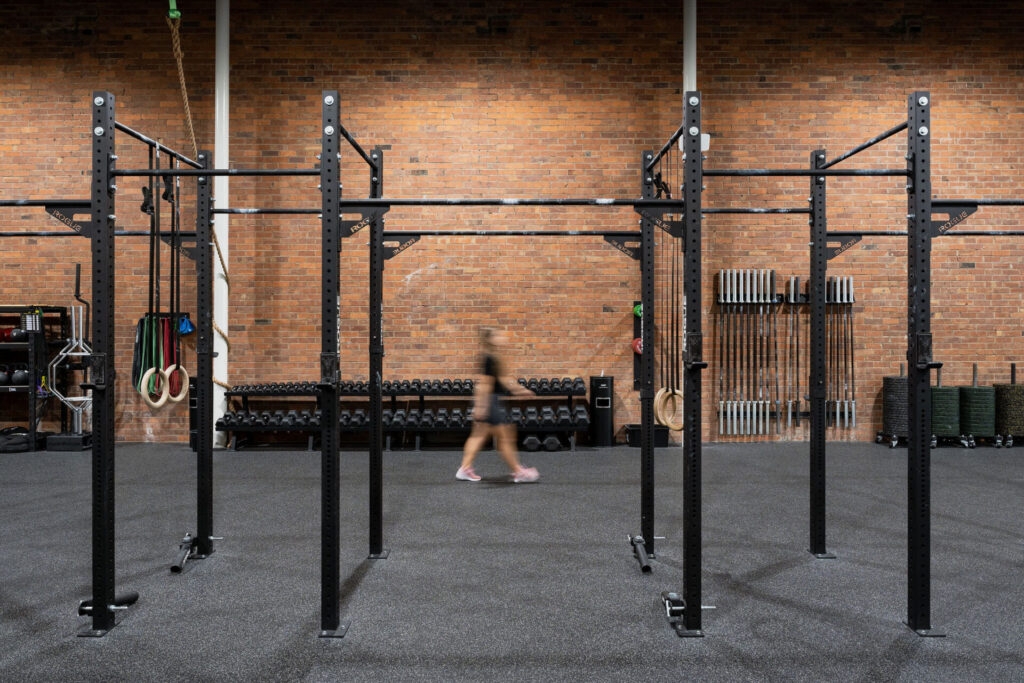

A well-designed gym space can have a multitude of benefits for both the gym owner and its members. One of the key advantages is that a thoughtfully planned layout can maximize the use of space, allowing for more equipment to be incorporated without it feeling cramped or overcrowded. This can help attract more members and retain existing ones, as they are more likely to enjoy working out in a spacious and comfortable environment.
Furthermore, an aesthetically pleasing gym design can create a welcoming atmosphere that encourages people to visit regularly. This can lead to increased membership numbers and ultimately higher revenue for the gym. Additionally, well-designed fitness spaces are also more functional, making it easier for members to navigate their way around and access the equipment they need.
Another important aspect of a well-designed gym space is safety. Properly arranged equipment and designated workout areas can reduce the risk of accidents and injuries, ensuring that members feel secure while exercising. This not only protects the well-being of individuals but also helps in building a positive reputation for the gym as a safe and reliable fitness facility.
Overall, investing in a well-designed gym space is beneficial for both the business and its clientele. It creates an attractive and functional environment that promotes member satisfaction, safety, and overall success. By prioritizing thoughtful design elements in commercial gym fitouts, owners can create a space that stands out from competitors and attracts fitness enthusiasts looking for a superior workout experience.
Creating a successful commercial gym requires a well-planned fitout that enhances both functionality and the member experience. A thoughtfully designed gym layout can make workouts more enjoyable, improve member retention, and support smooth daily operations. Here are a few essential elements to consider when planning a commercial gym fitout.
First, an efficient layout is critical. The layout should consider the types of workouts members will engage in and allocate enough space for each zone. This typically includes areas for cardio equipment, strength training, free weights, and functional training. Placing cardio machines, such as treadmills and ellipticals, at the front or near windows can make the space feel open and inviting. Free weight zones should be positioned with adequate spacing and mirrored walls to help members maintain form.
Durable flooring is another key component. The flooring in a commercial gym must withstand heavy traffic, dropped weights, and intense workouts. Rubber flooring is ideal for weight areas due to its shock-absorption properties, while turf or mat flooring is popular in functional training areas. High-quality flooring also improves safety by reducing slip risks and providing a stable foundation for equipment.
Lighting and ventilation are essential for creating a comfortable environment. Proper lighting makes the gym feel vibrant and welcoming, with natural light ideal for cardio zones. In areas where natural light is limited, LED lighting can help create an energetic atmosphere. Ventilation, meanwhile, is necessary to ensure fresh air flow and maintain a comfortable temperature, particularly during peak hours. Air conditioning combined with large ceiling fans can help keep the space cool and comfortable for members.
Finally, incorporating aesthetic touches can give the gym a unique identity. Branded color schemes, inspirational wall graphics, and clean design can reinforce the gym's brand and make it more appealing. An inviting reception area and clear signage can also contribute to a professional and motivating environment. With a well-planned fitout that balances functionality and aesthetics, a commercial gym can attract and retain members effectively.
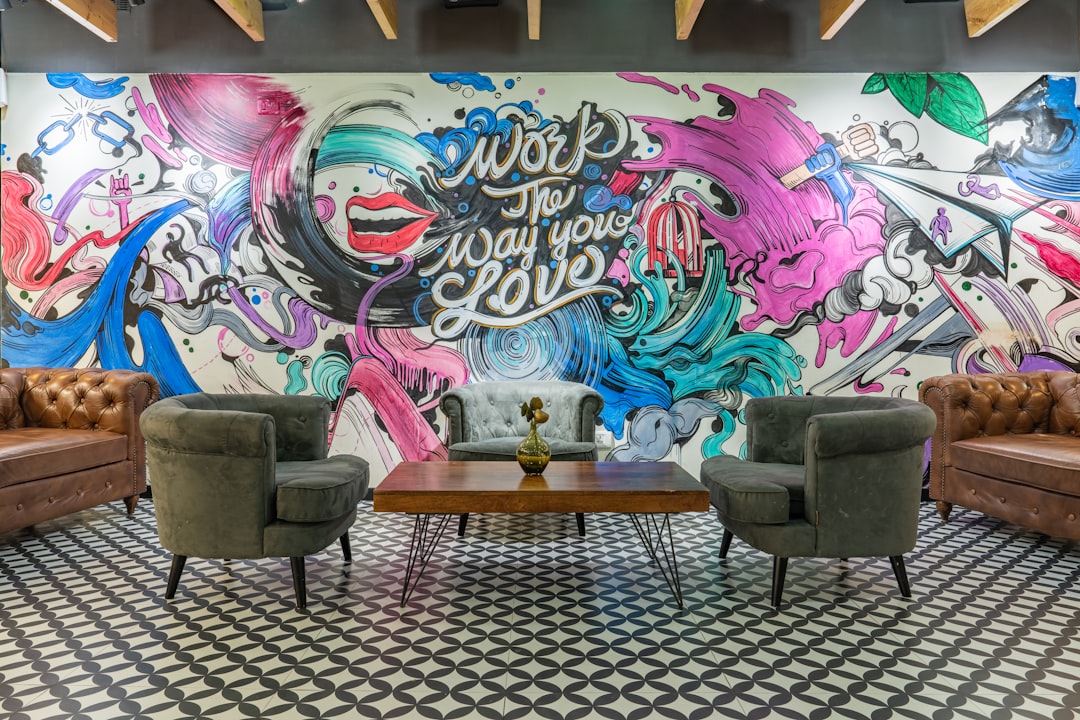
When it comes to office renovations in Sydney, finding the right professionals for the job is crucial.. Not only do you want a team that is skilled and experienced in creating functional and aesthetically pleasing workspaces, but you also want to ensure that they can work within your budget constraints. Hiring the right professionals for budget-friendly office renovations in Sydney can seem like a daunting task, but with a bit of research and careful consideration, you can find a team that meets your needs without breaking the bank. One of the first steps in hiring the right professionals for office renovations is to ask for recommendations from colleagues or friends who have recently completed similar projects.
Posted by on 2024-11-13
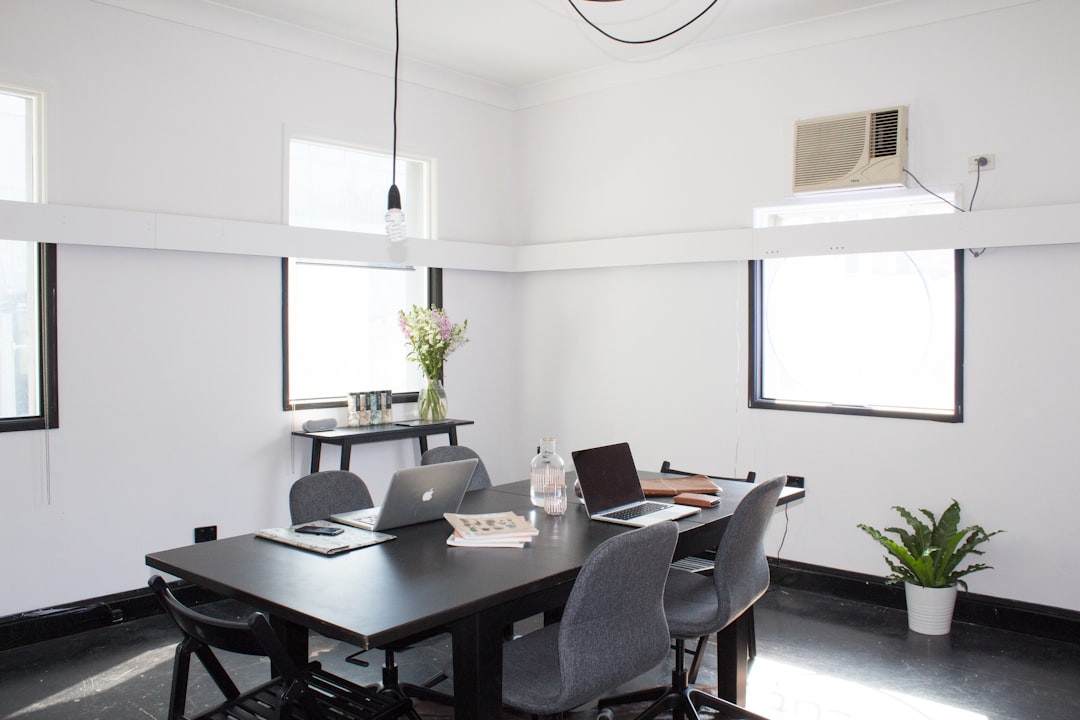
When it comes to office renovations in Sydney, cost-effectiveness is key.. Whether you're looking to revamp your current space or move into a new one, there are plenty of ways to save money without sacrificing quality. One of the best tips for cost-effective office renovations is to do your research.
Posted by on 2024-11-13
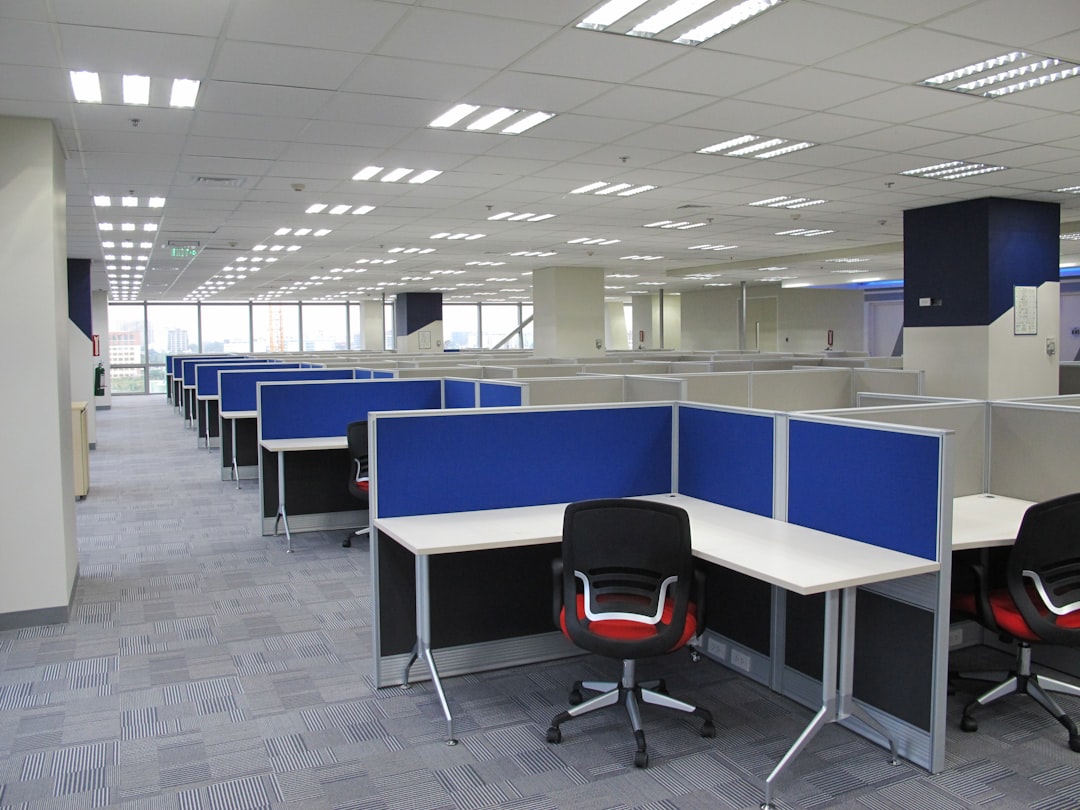
Finding the right balance between quality and price in Sydney office fit outs is a crucial task that requires careful consideration and planning.. As businesses strive to create functional and aesthetically pleasing workspaces, it is important to strike a balance between investing in high-quality materials and finishes while also staying within budget constraints. When it comes to office fit outs, quality should always be a top priority.
Posted by on 2024-11-13
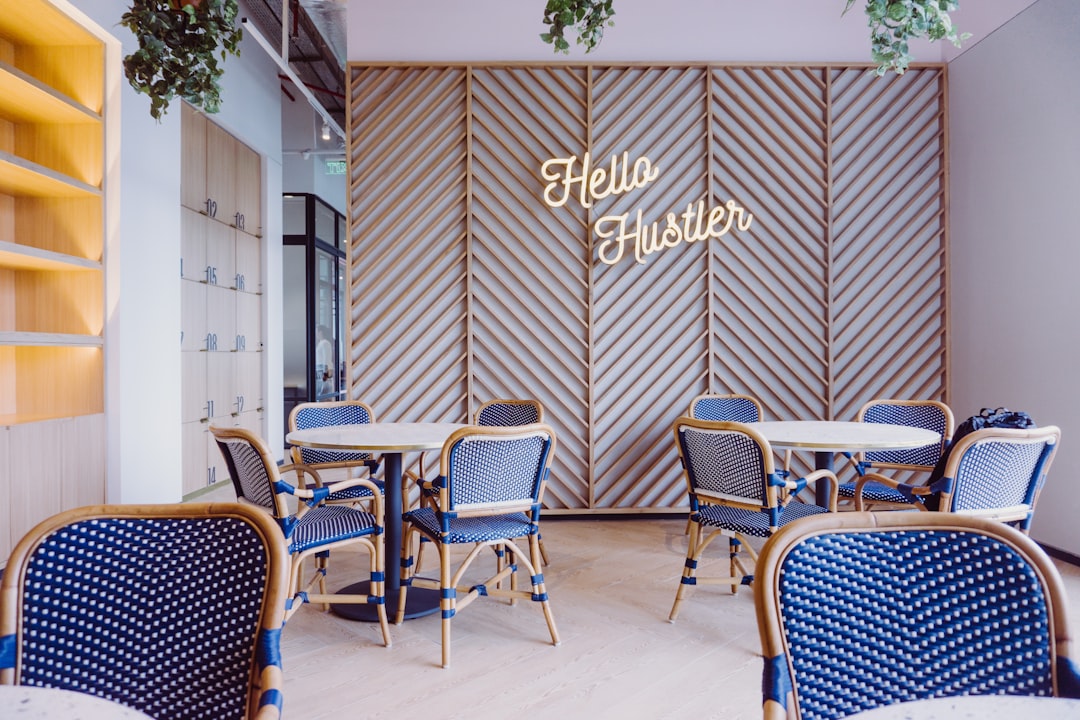
Designing an efficient workspace in Sydney can be a challenging task, especially when trying to balance functionality and cost-effectiveness.. However, with the right cost-saving strategies in place, creating a productive and comfortable office environment is not only achievable but also sustainable in the long run. One of the key cost-saving strategies for designing an efficient workspace in Sydney is to prioritize functionality over aesthetics.
Posted by on 2024-11-13
For small commercial gyms, making the most of limited space is essential to providing an effective workout experience. A strategic gym fitout can help maximize the use of every square meter, creating a space that feels open, functional, and appealing to members. Here are some ways to achieve this in a small gym fitout.
One approach is to focus on multi-functional equipment. Cable machines with multiple attachments, adjustable benches, and dual-use cardio machines can help optimize space while giving members a wide range of workout options. Wall-mounted racks for weights, mats, and resistance bands can further reduce clutter, creating more room for movement without sacrificing equipment variety.
Zoning the space is also important. Divide the gym into workout zones that align with your members' preferences. Small commercial gyms often benefit from a combined functional and cardio area, where members can switch between bodyweight exercises, kettlebells, and cardio machines. Setting clear boundaries for each zone helps ensure members can focus on their workouts without feeling cramped or overcrowded.
Effective storage solutions are crucial in small gym fitouts. Built-in storage units and wall-mounted hooks can help keep equipment organized, making the gym feel tidy and spacious. This also improves accessibility, allowing members to easily find and return equipment. Keeping the floor as clear as possible gives members a greater sense of space and supports a safer workout environment.
Mirrors are an excellent addition to small gyms, as they create an illusion of depth and make the area feel larger. Placing mirrors along walls, especially in free-weight areas, not only visually expands the space but also allows members to monitor their form during workouts.
Lastly, choosing a consistent and light color palette can make the space feel airy and inviting. Lighter shades, combined with proper lighting, enhance the sense of openness. By prioritizing multi-functional equipment, strategic zoning, and smart storage, small commercial gyms can offer a functional, visually appealing space that meets the needs of their members.
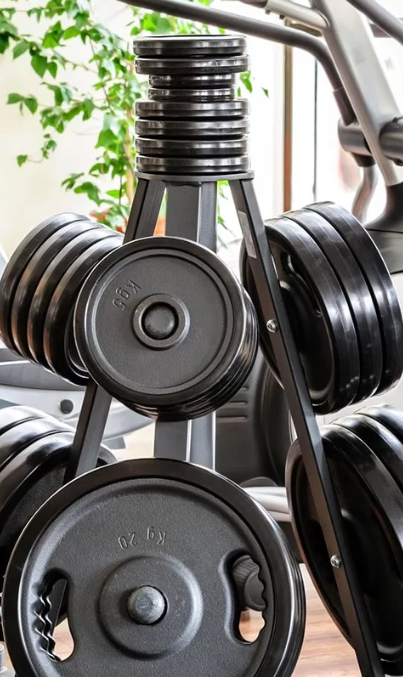
Some design trends in commercial gym fitouts include incorporating natural lighting and greenery for a more inviting atmosphere, using bold colors or graphics to enhance branding presence, integrating technology for interactive workouts or virtual classes, and creating designated areas for different fitness disciplines (cardio zone, strength training area).